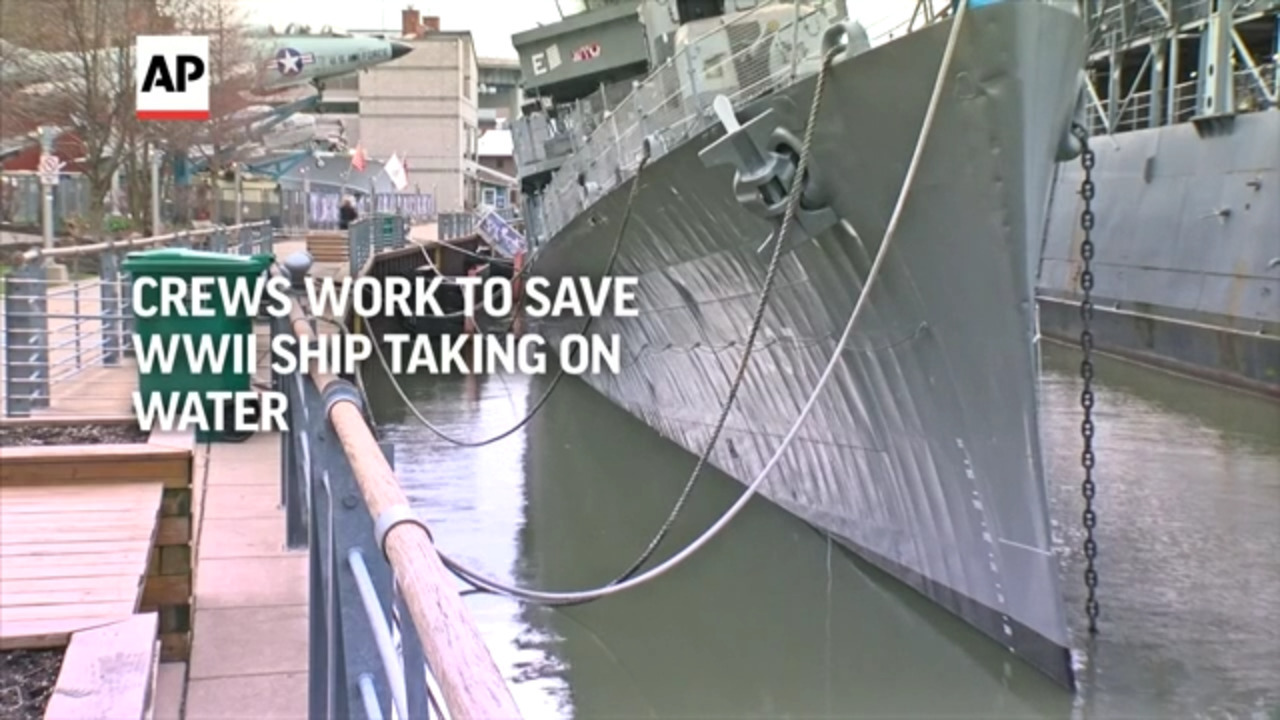NASA Flying Saucer Supersonic Descent
First LDSD Test Flight a Success. NASA representatives participated in a media teleconference this morning to discuss the June 28, 2014 near-space test flight of the agency's Low-Density Supersonic Decelerator (LDSD), which occurred off the coast of the U.S. Navy's Pacific Missile Range Facility in Kauai, Hawaii. A high-altitude balloon launch occurred at 8:45 a.m. HST (11:45 a.m. PDT/2:45 p.m. EDT) from the Hawaiian island facility. At 11:05 a.m. HST (2:05 p.m. PDT/5:05 p.m. EDT), the LDSD test vehicle dropped away from the balloon as planned and began powered flight. The balloon and test vehicle were about 120,000 feet over the Pacific Ocean at the time of the drop. The vehicle splashed down in the ocean at approximately 11:35 a.m. HST (2:35 p.m. PDT/5:35 p.m. EDT), after the engineering test flight concluded. The test vehicle hardware, black box data recorder and parachute were all recovered later in the day. This test was the first of three planned for the LDSD project, developed to evaluate new landing technologies for future Mars missions. While this initial test was designed to determine the flying ability of the vehicle, it also deployed two new landing technologies as a bonus. Those landing technologies will be officially tested in the next two flights, involving clones of the saucer-shaped vehicle.



